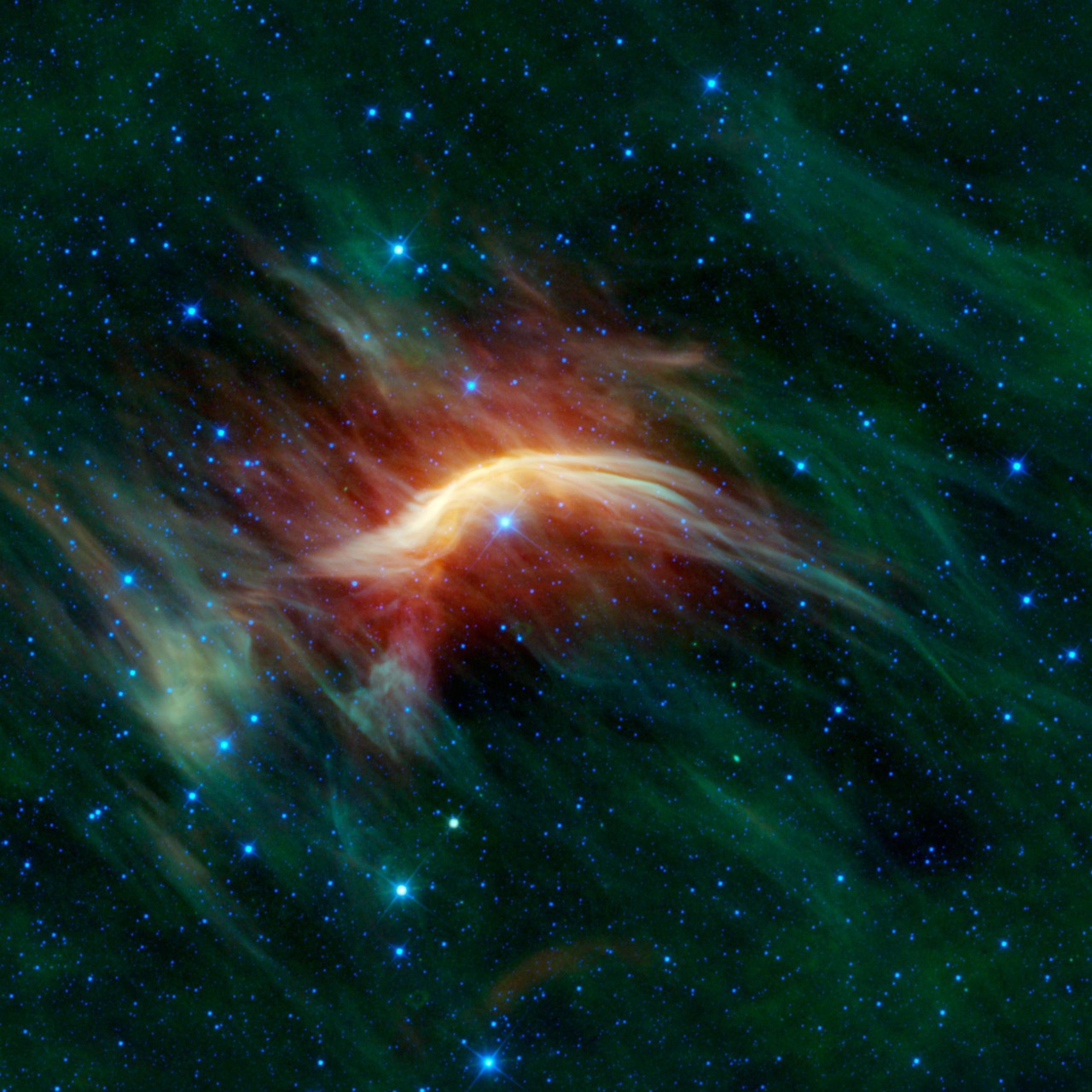What is Astronomical Astrology?
The main differences between astronomy and mainstream astrology
9 June 2024

Astrological systems have long been divided into different methodologies, with tropical astrology being the most widely known in the West. However, a growing number of practitioners are turning to a more astronomically accurate approach known as astronomical astrology, or true sidereal astrology. This method relies on the actual positions and sizes of the constellations in the sky, providing a more precise reflection of planetary movements. By understanding the differences between methods, we can appreciate how astronomical astrology offers a richer and more accurate understanding of our connection to the cosmos.
Understanding Precession

Precession is a crucial concept in astronomical astrology. It refers to the gradual shift in the orientation of Earth's axis of rotation, caused primarily by gravitational forces exerted by the Sun and the Moon. This phenomenon means that the position of the stars shifts slightly each year, completing a full cycle approximately every 26,000 years. Over centuries, these small changes accumulate, resulting in significant differences in the position of celestial bodies as observed from Earth. Tropical astrology, which was established over 2,000 years ago, does not account for this shift, as it is fixed to an unchanging seasonal starting point, rather than the actual stars. As a result, the zodiac signs in tropical astrology are now sometimes two full signs off from their original positions. Astronomical astrology, on the other hand, aligns with the current positions of the stars, providing a more accurate representation of the sky. This alignment ensures that the zodiac signs correspond with the actual constellations they are named after, maintaining a true connection to the celestial sphere.
Constellation Sizes and Boundaries

One of the main differences between astronomical astrology and mainstream astrology is how they treat the sizes of the constellations. Mainstream astrology (including mainstream sidereal astrology) divides the sky into twelve equal segments of 30 degrees each, regardless of the actual size of the constellations. This simplification overlooks the fact that constellations vary greatly in size and shape. For example, Virgo is much larger than Cancer, yet both are given the same 30-degree space in mainstream systems. This arbitrary division can lead to inaccuracies in astrological readings, as the true extent of each constellation is not reflected. Astronomical astrology respects these differences, adjusting the zodiac signs to match their actual spans in the sky. By doing so, it offers a more authentic reflection of the heavens, acknowledging the unique characteristics and influences of each constellation. This approach allows for a more nuanced and precise interpretation of astrological charts, orienting our understanding with the observable universe.
The Inclusion of Ophiuchus

Another significant distinction is the inclusion of Ophiuchus, the so-called "thirteenth sign". Ophiuchus is a constellation that lies on the ecliptic, the path that the Sun takes through the sky. In mainstream astrology, Ophiuchus is omitted, likely for historical convenience and to maintain the symmetry of twelve zodiac signs. However, astronomical astrology incorporates Ophiuchus into the zodiac, as it rightfully deserves a place among the signs. This inclusion is based on its position on the ecliptic and the fact that the Sun and other planets pass through it. Ophiuchus represents the serpent-bearer, symbolizing healing, wisdom, and renewal. Those with placements in Ophiuchus are thought to possess transformative energy, a deep connection to spiritual wisdom, and a potential for profound personal growth. By acknowledging Ophiuchus, true sidereal astrology provides a more complete picture of the astrological influences at play, enriching the interpretive possibilities for those who explore their charts.
The Impact of Astronomical Accuracy

Adopting astronomical astrology requires a shift in understanding and interpretation. The impact of using the actual positions of the stars is profound, as it realigns our astrological readings with the real sky above. For example, someone who identifies as a Sagittarius in mainstream astrology might find that their Sun sign is actually in Scorpio when viewed through the lens of astronomical astrology. This revelation can lead to a deeper, more accurate understanding of one's astrological influences. The precision of astronomical astrology helps to combine astrological practice with observable astronomy, creating a more scientifically grounded approach. This accuracy not only enhances personal insights but also bridges the gap between astrology and astronomy.
Using Astronomical Astrology for Personal Insights
For those interested in exploring astronomical astrology, the first step is to obtain your astronomical birth chart. This chart reflects the real-time positions of the celestial bodies at the moment of your birth. With this chart, you can delve into the specific influences of the stars and planets in your life. To fully appreciate the benefits of astronomical astrology, it is essential to move beyond traditional methods and embrace the real sky. This approach ensures that the wisdom gleaned from the stars is grounded in their true positions, offering deeper and more accurate insights.